Deep breathing exercise: Health Benefits, Types, How to do?
Table of Contents
What is Deep breathing exercise?
Deep breathing exercise is a relaxation and stress-free fashion, which is generally used for depression, anxiety, and stress-free ways. it’s also called diaphragmatic and abdominal breathing ways it’ll release muscle pressure and lower hypertension. the muscle used for the deep breathing fashion is called the diaphragm which is located bottom of the lung parallel to the intercostal muscle abdominal muscle to help the diaphragm empty the lung during expiration. forced of air distribute all air to the bottom of all sections of the lung.diaphragamatic breathing exercise also call relaxation exercise
How to do deep breath?
- start with one hand should be your casket and the other hand should be on the tummy
- Get comfortable. as you can lie on your reverse in bed or on the face with a pillow behind your head and knees.
- Take Breathe using your nose. until your tummy fills with air.
- As you breathe by, feel your abdomen rise
- let it go your tummy toward your chine as the case expires through his mouth.
- Take three to five, deep breaths at one time
What are the Health benefit of deep breathing?
- Reducing anxiety
- Improving lung function such as vital capacity
- Reduces cough
- strengthen diaphragm muscles
- managing stress
- improving sleep
- enhance focus
- recovering tense muscle
- natural pain removal
- enhance blood supply of the body
- reduces inflammation
- improve digestion
- and effective in blood pressure
- improve virtue of life with patient chronic obstructive pulmonary disease(COPD)
What are the types of deep breathing exercise ?
- diaphragmatic breathing
- pursed deep breathing
- pranayama yoga
- Bhramari yoga
Diaphragmatic breathing exercise:
Diaphragmatic breathing is the use of a diaphragm breathing it will help to breathe better. the muscle used for this breathing technique is a diaphragm which is located at base of the lung shape of the diaphragm is a dome shape and it close to heart.
How to perform diaphragmatic breathing exercise:
- Lying on your back on a surface or in bed, with your knees flex and your head supported to the ground. You can use a pillow behind your knees to support the legs.
- Place one hand on his upper chest and the other just under your rib cage. as you feel your diaphragm move as you breathe.
- Breathe in slowly using your nose so that your stomach moves away and it will allow your hand to rise. The hand on your chest should persist as still as connected
Pursed lip breathing:
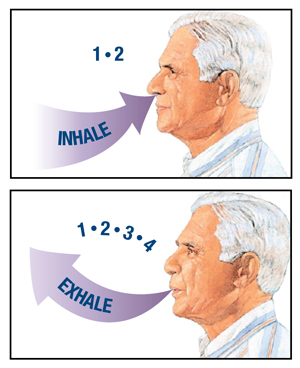
Pursed lip breathing is a simple fashion that consists of alleviation using your nose and expiration using your mouth with help of pursued lips. A case is advised to alleviation using their nose for a many seconds with the mouth unrestricted and also expiration slow over 5 to 7 seconds using lips maintain in a effervescing or position. This procedure did or without abdominal muscle compression
Pursed lip breathing is a fashion that helps conditions like asthma or habitual obstructive pulmonary complaint when they suffer dyspnea. Pursed lip breathing helps lower the dyspnea, and provides a fast and calm way to decelerate your speed of breathing, making breathing patterns more effective
How to perform pursed deep breathing?
- Relax your neck and head muscles.
- alleviation sluggishly using your nose for several seconds, and your mouth should be closed. don’t use deep breathing a normal breath will do. It may help to several seconds to yourself alleviation 2 to 3.
- pursued your lips as you progressed to whoosh or sensitively flare the honey of a taper.
- expiration sluggishly and sensitively using your pursed lips while counting 4 to 5 seconds. It may help to count to yourself expiration to 2 to 4 alternate
Pranayama yoga
Pranayama is a deep breathing technique that originates from yogic exercise in India. It enhances controlling breath in different styles and ways. you maintain the timing, duration, and frequency every breath and hold. pranayama yoga use for mental stress condition
How to perform pranayama?
- In a seated position, the head and neck relaxed position
- relief naturally but you concentrate on your breathing pattern.
- keep your breath, but let out it as soon as you feel discomfort.
- Exhale naturally and hold for a moment to witness the stillness.
- Do this for over to 5 times a day
Bhramari yoga
Bhramari yoga also called Humming Bee Breath, is a gently breathing practice that quiets the nervous system and helps to join us with our truest inner nature.it is also call self healing yoga this reduce blood pressure and reliving the hypertension.
How to perform bhramari yoga?
- first sitting in a warm position. You can sitcross-legged on a mat or flat face or sit in the front of the president. it’s necessary to keep the chine straight. While on the mat or flat face, if not possible to stay straight, sit on a bumper to upright your position.
- Close your eyes and your lips and your teeth rather piecemeal.
- Also put your thumbs to your cognizance, and courteously close them. The other fritters will rest.
- encouraged sluggishly using your nose, and also expiration sluggishly imitates a straight, reverberate‘hmmm’as a freak makes at the reverse of your throatmuscle.However, also you’re going right, If they sound like the humming of a freak.
- repeated exercise Also the sound was soft, smooth, and steady as you can. When you go deeper, you can feel a vibration of the freak sound provoked through your head and cartilage. Try to keep your body veritably straight, and bring your attention to the forepart ( also called the third eye center). Bhramari yoga should be performed at least 15 times to get all of its advantages.
- After you exercise the 15 times, observe how you feel. try to hear to your body and feelings. You’ll feel a transfer in your energy. Try to take your attention to the corridor where you can smell a burrow like your Ossie. Sit relaxed in that position for five to ten twinkles. you can include it in your routine yoga before bed every night. That’s why yoga is recommended for better sleep.
What are the condition we use deep breathing exercise
- cystic fibrosis
- bronchiectasis
- lung abscess
- chronic obstructive pulmonary dialed
- neuromuscular diseases
- atelectasis
- acute or chronic lung disease
- airway obstruction
- pneumonia
- any condition related to lung
- postoperative pain
- dyspnea
- shortness of breath
- cough and sputum in lung
What are the condition we don’t use deep breathing exercise
- pain and discomfort due to injury
- increase intracranial pressure
- head and neck injury
- hypertension
- Any type of fracture around the chest
- if the patient having an abdominal incision
- recent operation in chest
- airway obstruction
- diaphragm and intercostal muscle weakness

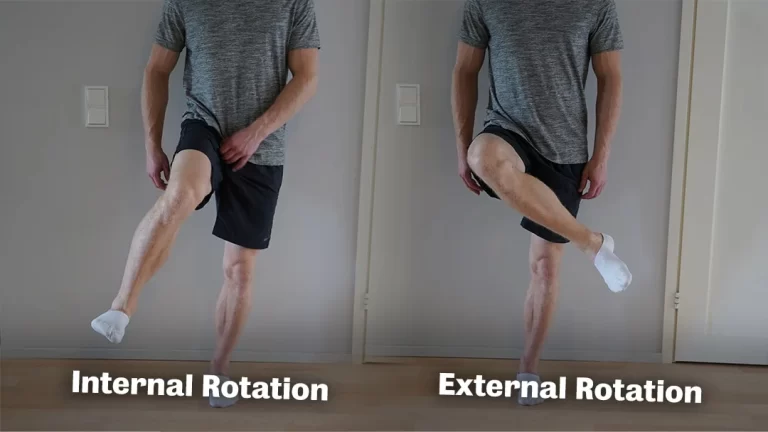

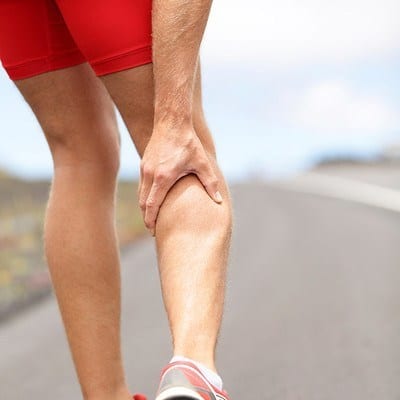
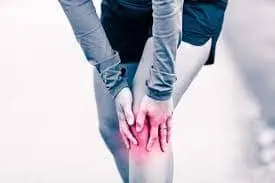
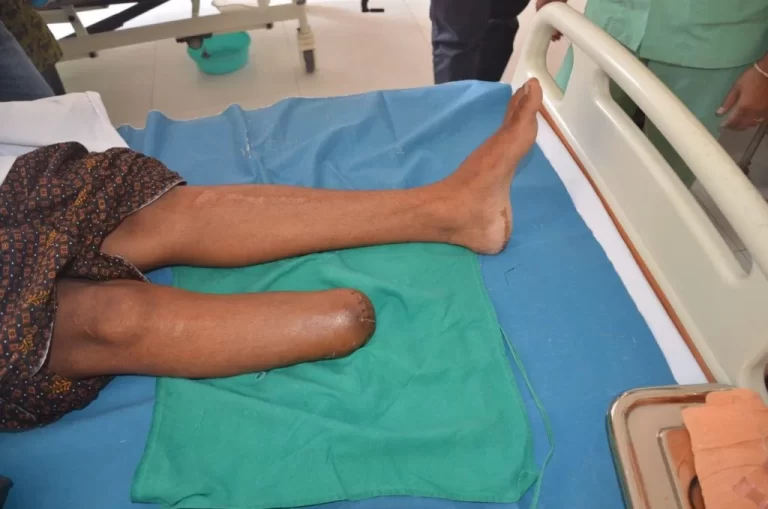
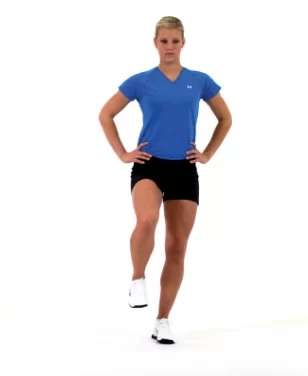
16 Comments